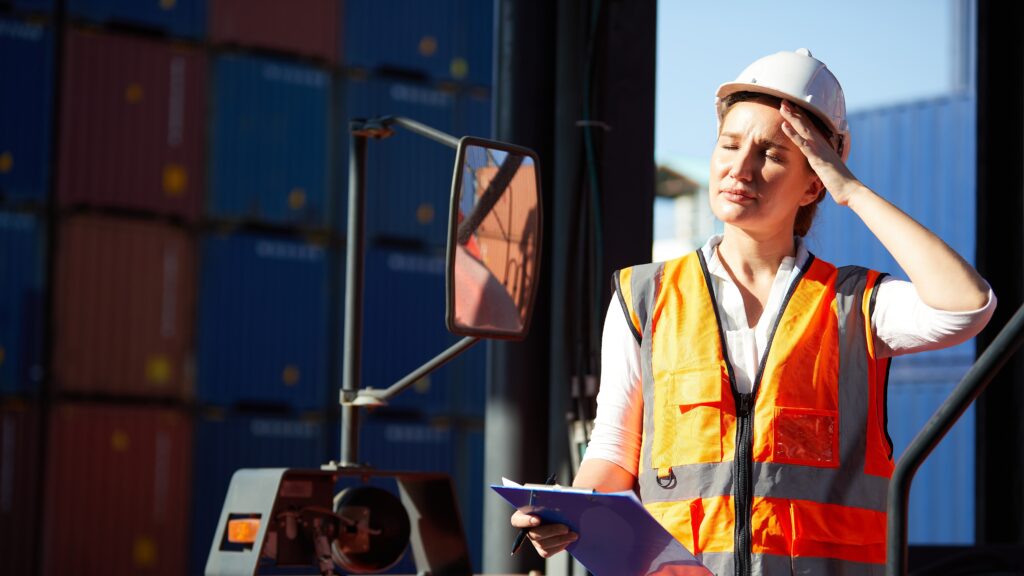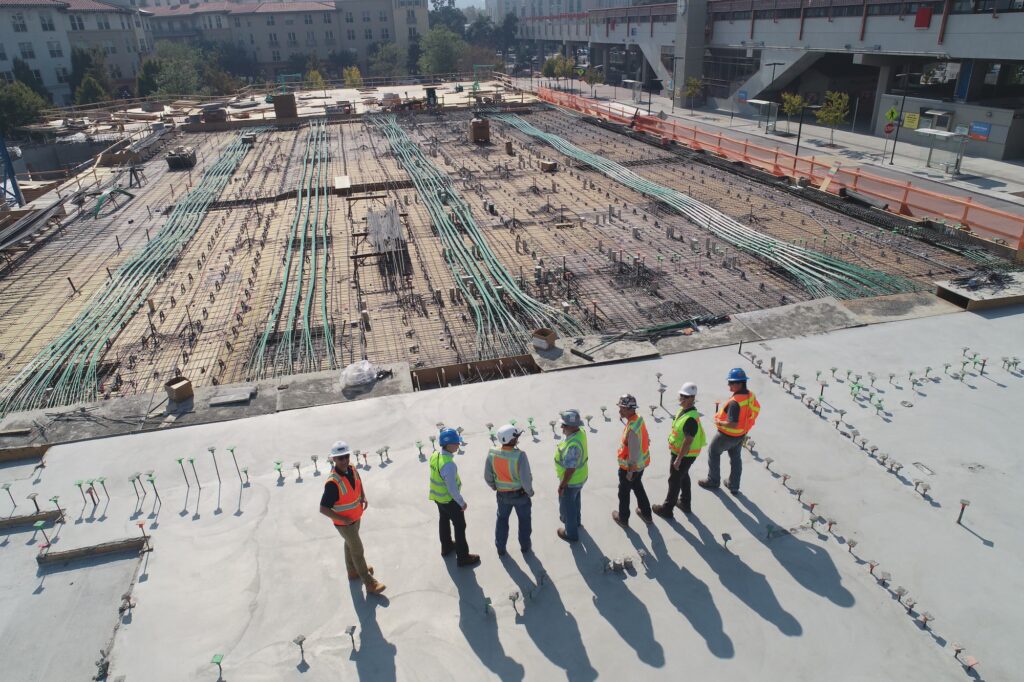Tom Votel, Ergodyne
Chair, ISEA Board of Trustees
Global temps are on the rise. Workers are wilting. To what extent depends on your source. The Bureau of Labor Statistics (BLS) report around 40 fatalities from extreme heat each year.
Tragic, unnecessary and 100% preventable.
It’s also a “significant undercount” according to what OSHA Director Doug Parker recently told Time. The reality? An estimated 2,000 worker deaths and 170,000 injuries in the U.S. due to heat exposure every year.
From the trenches and tarmacs, fields and factories, highways and byways, docks and DCs, ISEA research has shown that more than 90 million workers in the United States are exposed to hazardous temperatures that can and have led to severe health consequences.
The problem puts even more heat on inequality.
Vulnerable low-income workers are up to 5 times as likely to suffer the dangers of heat stress. Developing countries lose 6.7% of GDP due to extreme heat, compared to just 1.5% for the wealthiest economies.
The U.S. already loses over $100 billion annually due to heat-induced productivity declines. Modeling has shown that could easily double by 2030.
Again. 100% preventable. All of it.
Government Action Can’t Come Soon Enough
Cue world leaders and governments. Alert the media. Extreme heat is starting to gain the level of recognition it demands. This is fantastic. Mainstream news coverage and government initiatives are desperately needed to drive change on a broader scale.
ISEA enthusiastically supports OSHA’s National Emphasis Program on Heat Stress, and the good work it is doing on both education and enforcement. As an industry, we are working closely with federal and state regulators, end-users, and channel partners to inform and guide legislation, regulations, standards, and best practices.
However, as former Assistant Secretary for OSHA David Michaels wrote in a recent op-ed for The Atlantic, “OSHA is unlikely to require these basic protections any time soon.” So, ISEA calls on Congress to modernize OSHA rulemaking, allowing the agency to overhaul its standard-setting process to issue them more quickly for immediate action when we face crises like this and others sure to come.
In addition, ISEA has and continues to encourage the Senate to pass the Asunción Valdivia Heat Illness, Injury and Fatality Prevention Act, which directs OSHA to issue an interim standard to protect indoor and outdoor workers from excessive heat in the workplace until a final standard is promulgated.
Realistically, we must balance dual realities:
1) Change takes time.
2) Time is a luxury at-risk workers do not have.
That’s why we must also play a leadership role in educating industry about how to protect their workers, today.
Hydration, Rest, Shade, and Cooling PPE
Education is a critical first step. Employers must be proactive in educating their workforce about the risks associated with heat exposure and implementing strategies to mitigate those risks. Hydration protocols. Work/rest schedules. Access to shade and body cooling solutions. And since early intervention can save lives, workers must be trained to recognize the warning signs in themselves and their colleagues so they can seek help promptly when needed.
The adoption of cooling solutions in workplaces must be embraced as an essential part of worker safety measures. Modern technology provides many cooling options that can significantly reduce the risk of heat-related illnesses. For instance, many high-visibility clothing options are also designed to be lightweight and breathable and can help mitigate the effects of heat on outdoor workers. Ensuring workers have access to cooling stations (well-ventilated and out of direct sunlight… this could be an air-conditioned trailer or a portable worksite shelter) and providing PPE intended to cool the body can provide much-needed relief during sweltering days.
Ground-breaking research out of Emory University found using cooling bandanas while working outside in hot environments can protect workers from experiencing dangerously high core temperatures. This study also references others that have shown cooling vests to be effective in mitigating heat stress. Another study published found that drinking water with electrolytes may significantly lower the risk for development of acute kidney injury, compared to plain water.
More research and development should be encouraged to better understand the effects of heat and to help advance the technology behind cooling solutions. As we invest in renewable energy and sustainable practices, we must also focus on developing innovative ways to keep workers safe and productive in a warming world.
What Can You Do?
If you’re not already, join ISEA’s Heat Stress Solutions Product Group. It is through this group we come together to discuss a potential heat stress solutions standard, brainstorm on additional resources we can provide to safety professionals and workers, and push for comprehensive education and training programs to raise awareness about heat stress. Reach out to Diana Jones for more on this group.
By addressing this issue head-on, we not only protect the well-being of millions of workers but also demonstrate our commitment to a sustainable and equitable future for all.


